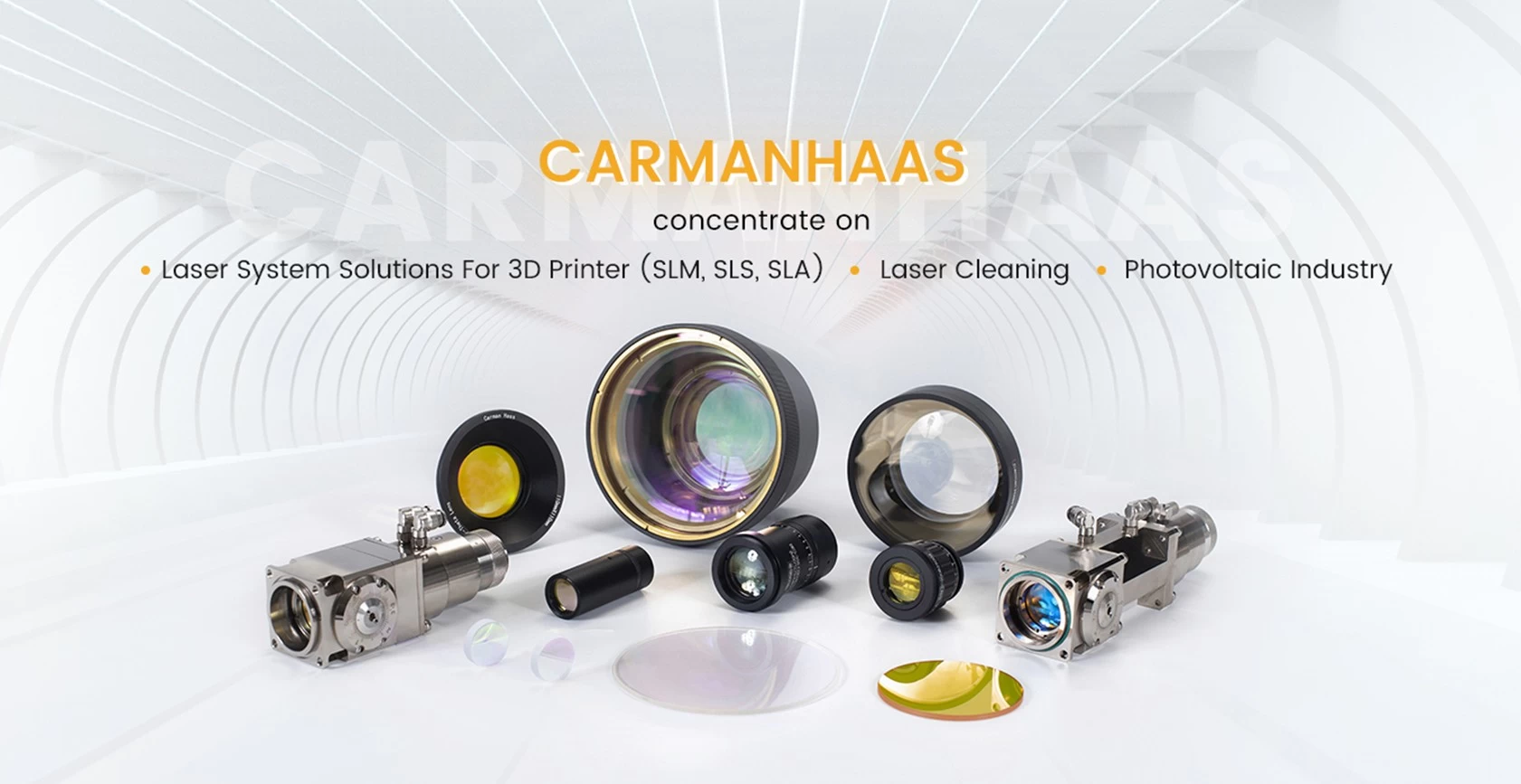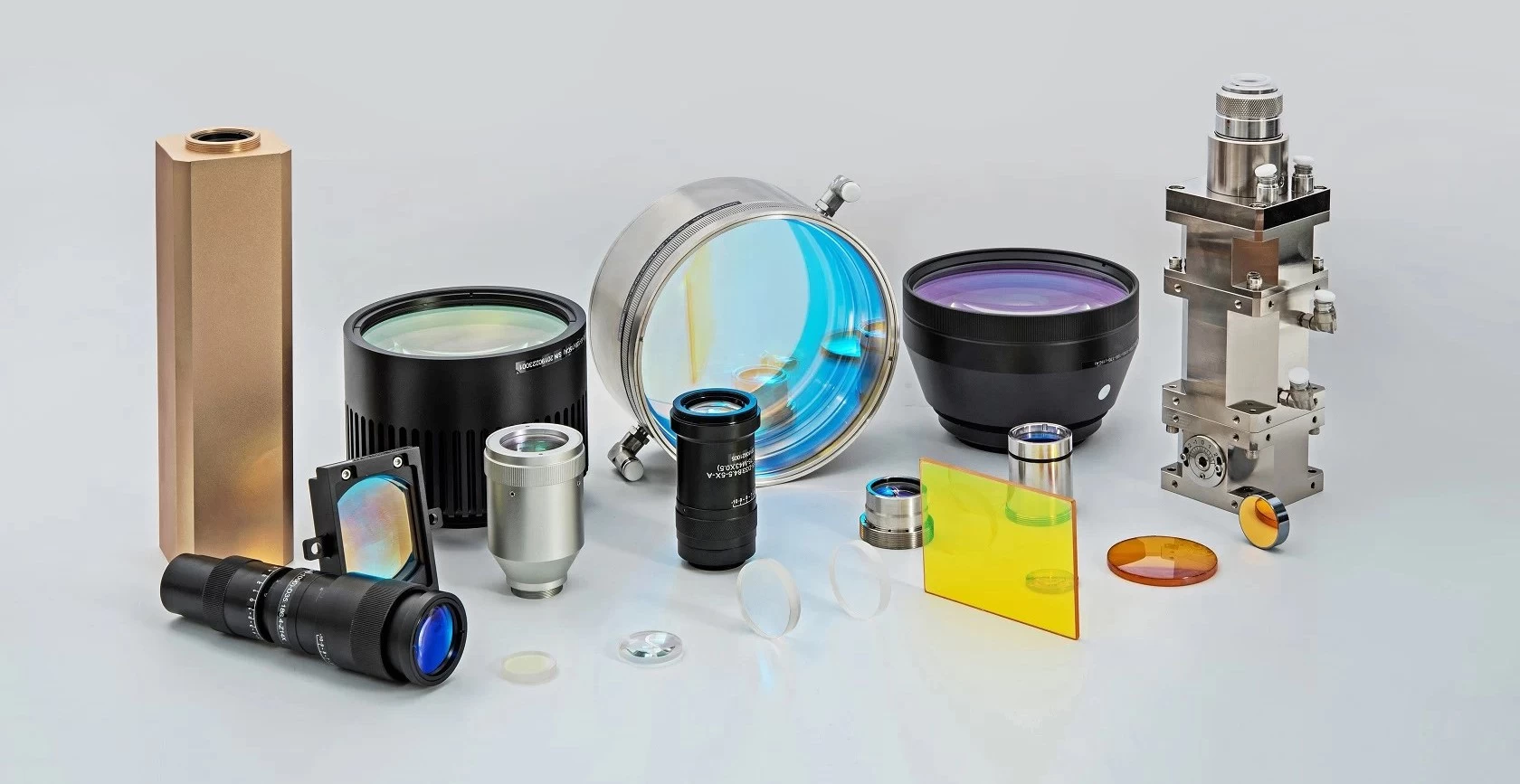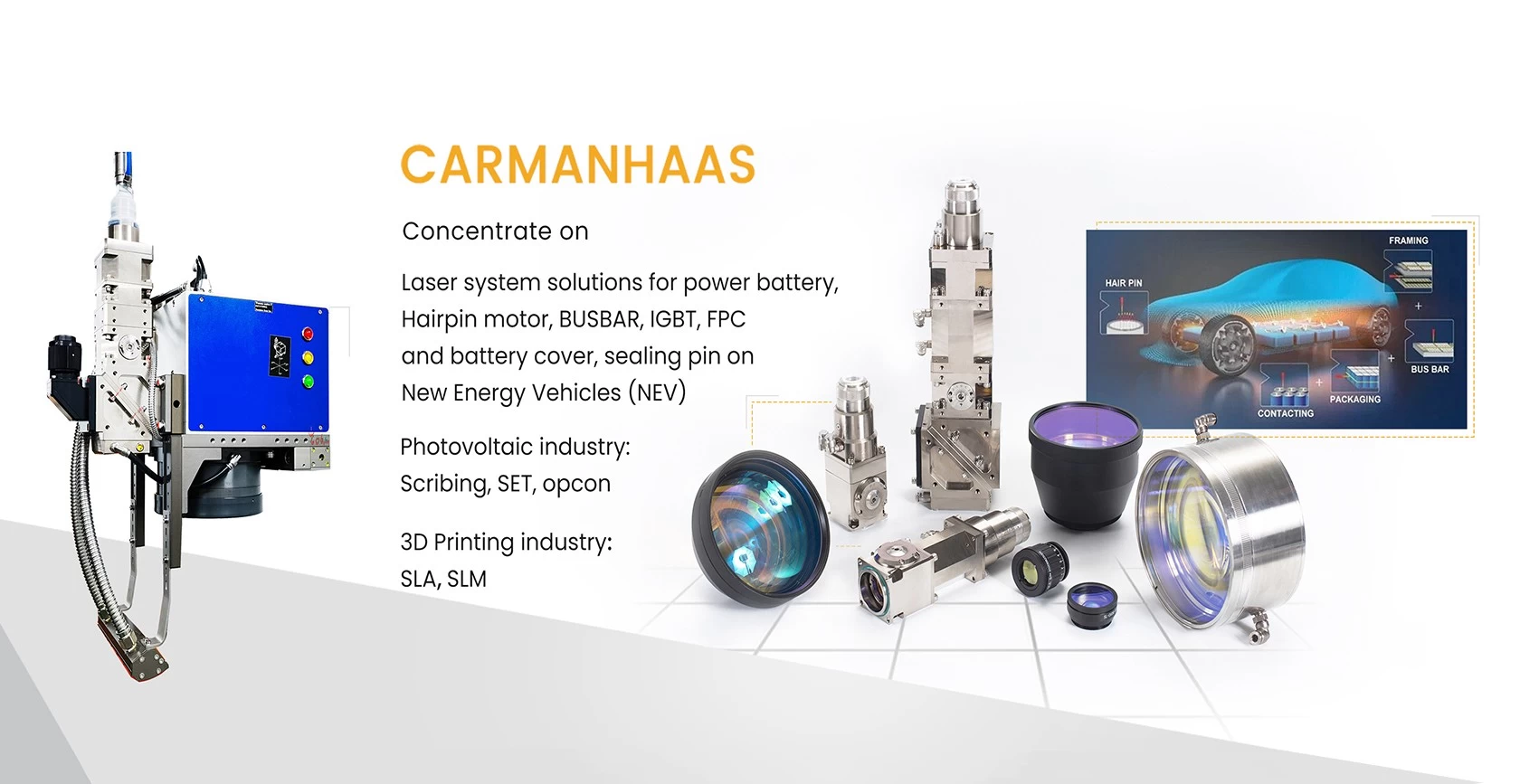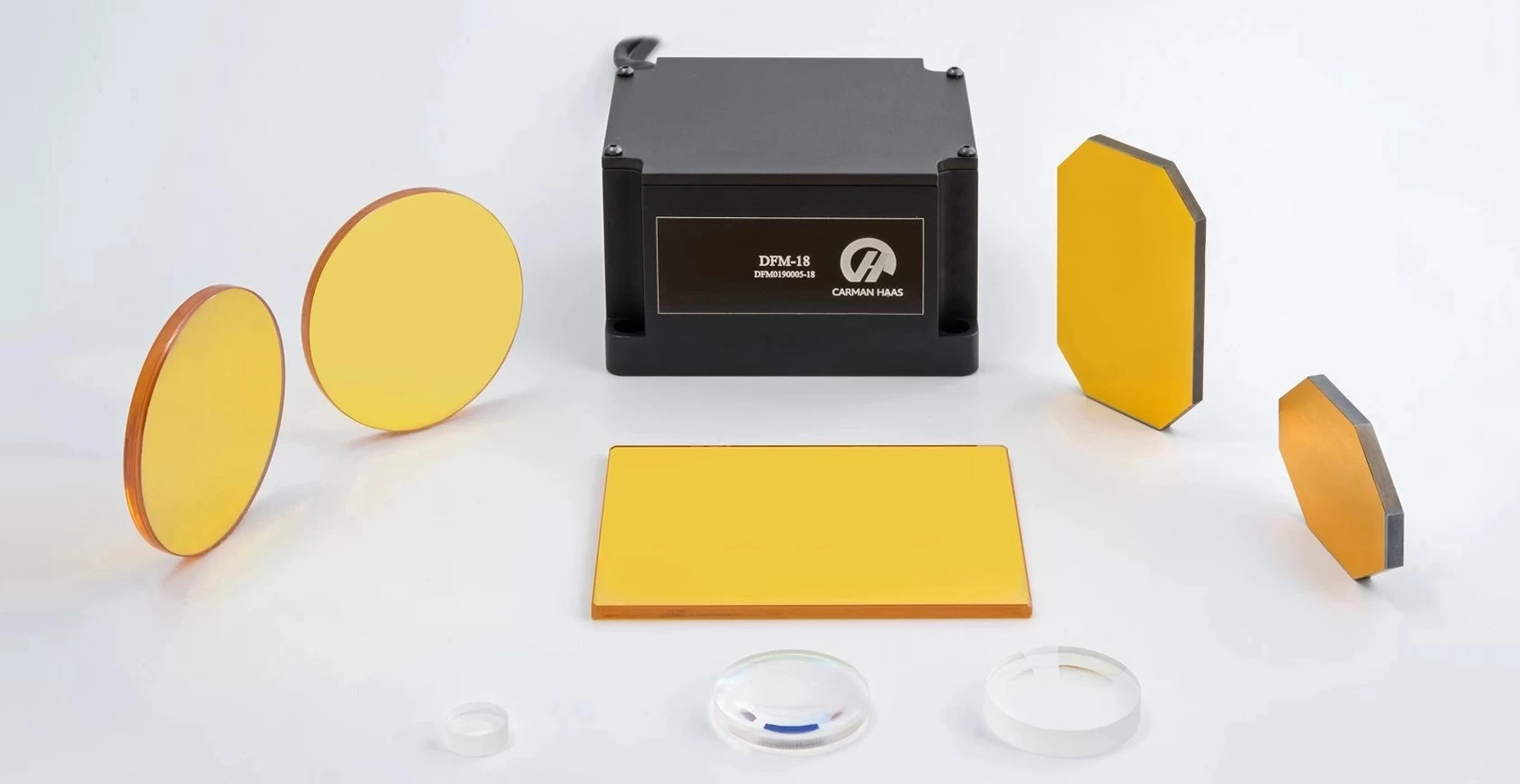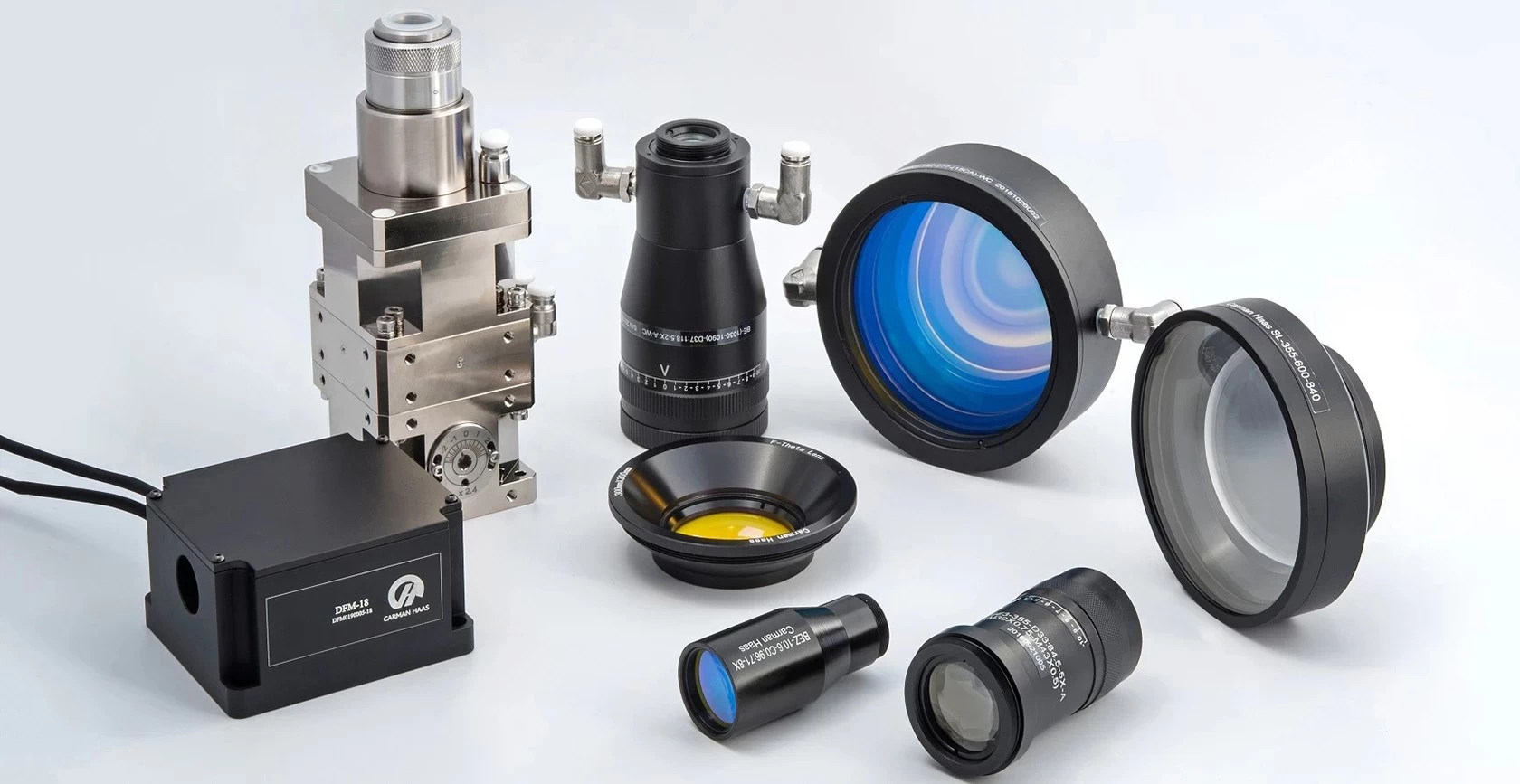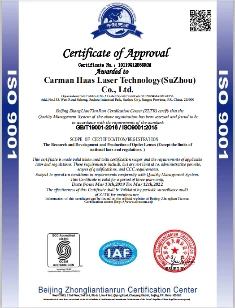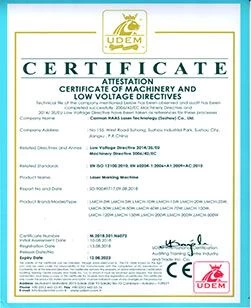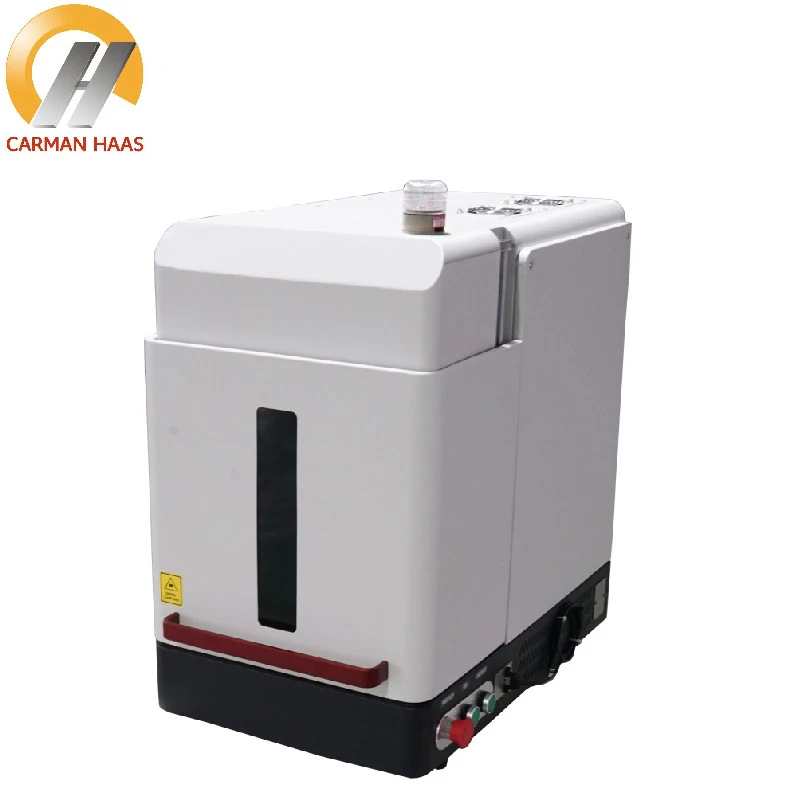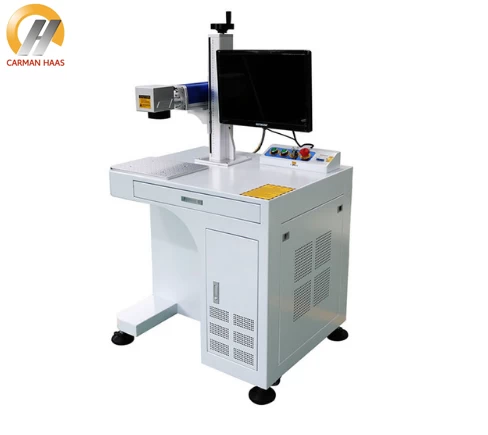The principle and development of CO2 laser equipment
CO2 laser principle:
CO2 laser is a kind of molecular laser, the main substance is carbon dioxide molecules. Like other gas lasers, the working principle of CO2 lasers is more complicated.
There are three different movements of molecules:
1. That is, the movement of electrons in a molecule, which determines the electronic energy state of the molecule;
2. The atom vibration in the molecule, that is, the atom in the molecule cyclically vibrates around its equilibrium position-and depends on the molecular vibration energy state;
3. Molecule rotation, that is, the molecule rotates continuously in space as a whole. This movement of the molecule determines the rotational energy state of the molecule. The molecular motion is extremely complex, so the energy level is also very complex.
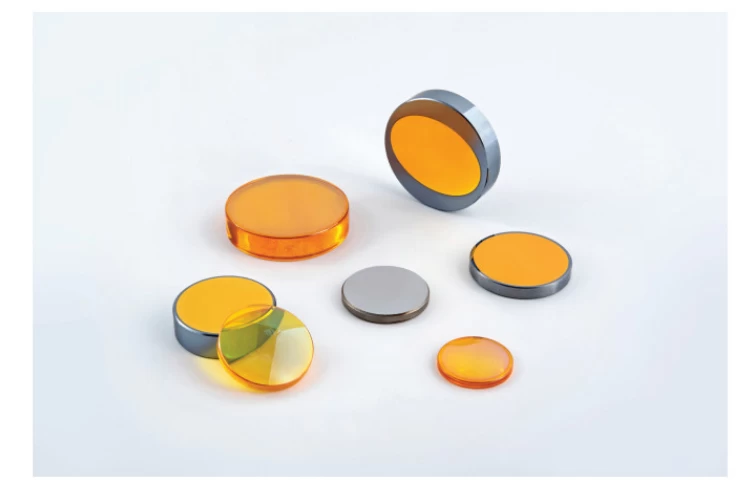
In a CO2 laser, the main working substance is composed of CO₂, nitrogen, and helium. Among them, CO₂ is a gas that generates laser radiation, and nitrogen and helium are auxiliary gases. The addition of helium can accelerate the thermal relaxation process at level 010, which is beneficial to the evacuation of laser levels 100 and 020. The addition of nitrogen mainly acts as an energy transfer in the CO₂ laser, for
The accumulation of energy level particles on the CO₂ laser and the high-power and high-efficiency laser output play a powerful role.
Energy level diagram of CO₂ molecular laser transition Excitation condition of CO₂ laser: In the discharge tube, a DC current of tens of mA or hundreds of mA is usually input. During discharge, the nitrogen molecules in the mixed gas in the discharge tube are excited by the impact of electrons. At this time, the excited nitrogen molecules collide with the CO₂ molecules. The N2 molecules transfer their energy to the CO2 molecules. The CO₂ molecules transition from the low energy level to the high energy level to form a particle number inversion and emit laser light.
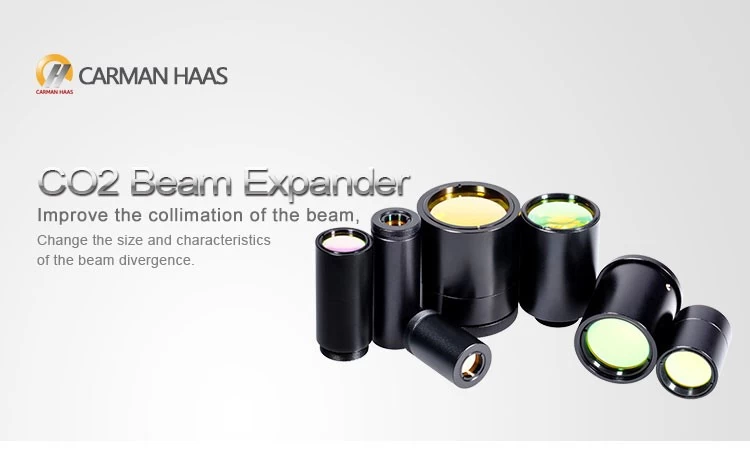
Development characteristics:
CO2 lasers have the disadvantages of large volume, complicated structure, and difficult maintenance. Metals cannot absorb lasers with a wavelength of 10.6 μm very well, cannot use optical fibers to transmit lasers, and cause severe plasma-induced plasma during welding.
Early CO2 lasers developed in the direction of increasing laser power, but when the laser power reached certain requirements, the laser beam quality was valued, and the development of the laser shifted to improving the beam quality. Diffusion-cooled slab-type CO2 lasers close to the diffraction limit have good beam quality,laser beam expander lensand are widely used as soon as they are launched, especially in the field of laser cutting.



